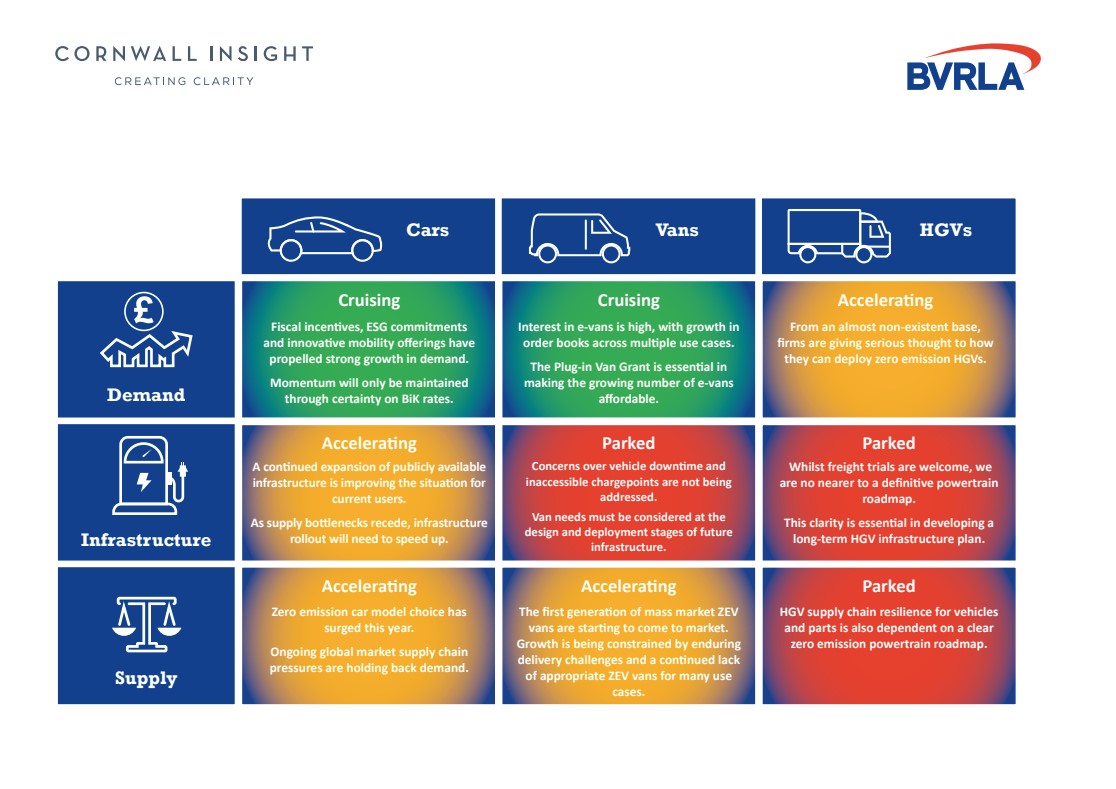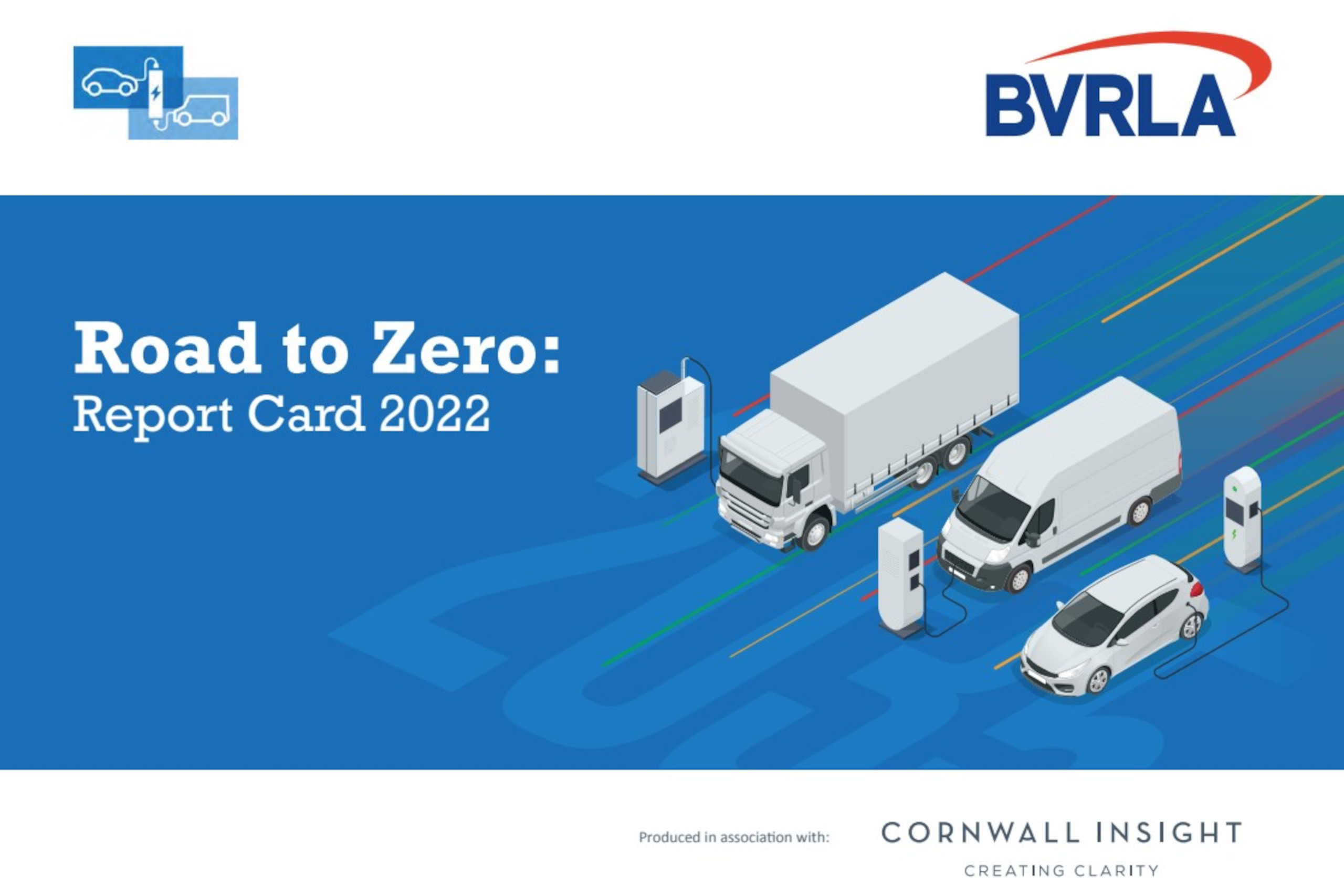The BVRLA carry out a yearly assessment of the progress made toward net zero carbon emissions in the Demand, Infrastructure and Supply sectors.
This year’s report has just been released, and it shows how the BVRLA rate the past 12 months in terms of progress toward net zero.
Overall, the report is quite favourable, but there are a few points made where improvement were suggested.
The report uses a traffic light system to report the basic indicators of the assessment. Red means either no progress is made or progress is significantly behind target. Amber means that progress is slightly behind. This could be improving from the previous status or getting worse, which is explained when the BVRLA go into more detail on the specific point. Green means that targets have been met or exceeded, and that progress is inline with expectations.

The overall summary has been rated by the BVRLA as Amber – Accelerating. This means it’s still a little behind target, but the situation is improving over last year. To get more detail, we can look at the different sectors.
Demand is Green. This is an improvement on last year’s “Amber” score and it is the only one of the three sectors that has met targets. Still, the BVRLA recommends that BiK (Benefit in Kind) rates are kept as low as possible for as long as possible to continue this trend.
Supply is Amber, and Accelerating. It is the same rating as last year, which tells us that Supply is slowly improving year-on-year but has not yet reached its set goals. The BVRLA recommendation for this sector is to improve the resilience plan for the automotive supply chain.
Infrastructure is Amber, but is marked as ‘Brakes On’. This means it is performing worse than last year in terms of net zero targets. As this is rated against targets, this does not mean that the infrastructure has gotten worse. Rather, it has not improved significantly since last year and does not meet the new targets. BVRLA have a key recommendation for this sector, which is to encourage local authorities to develop fleet-friendly EV infrastructure strategies.
The report goes into a lot more detail on how the BVRLA came to these ratings, including individual reports for cars, vans, and HGVs.

You can view the full report here.
Van Ninja’s parent company, Dawsongroup Vans Ltd, was asked to take part in generating the report. Van Ninja and Dawsongroup Vans Ltd are happy to be involved in work that promotes the move to net zero. Improving the sectors in this report will lead to a greater uptake of electric vans, which in turn will drive stronger infrastructure.

